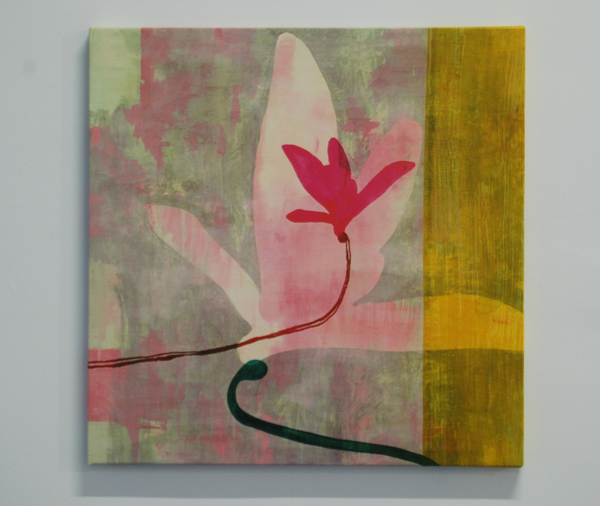
Ghost painting 11, 2011 |
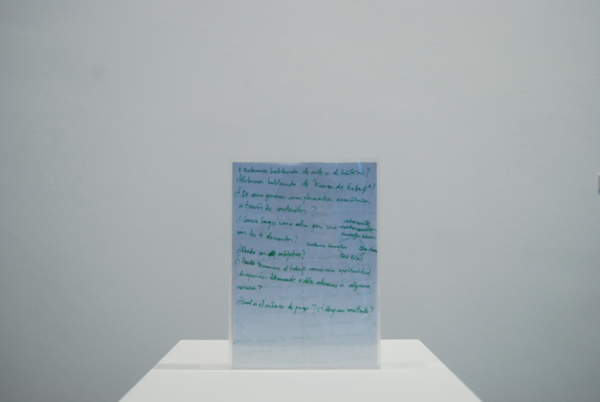
Galvana 1: Indolencia Colonial, 2011 |
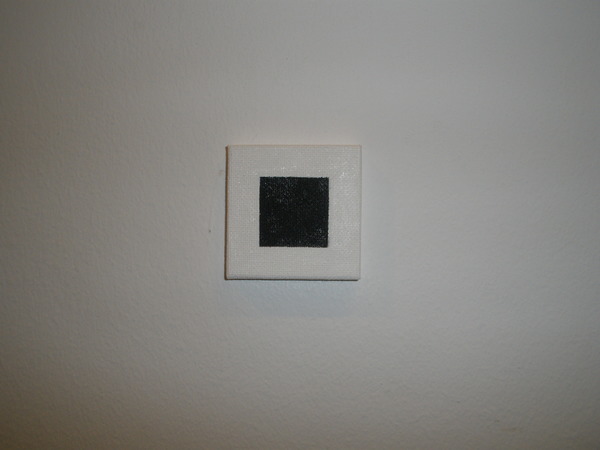
Ghost painting 1, 2011 |
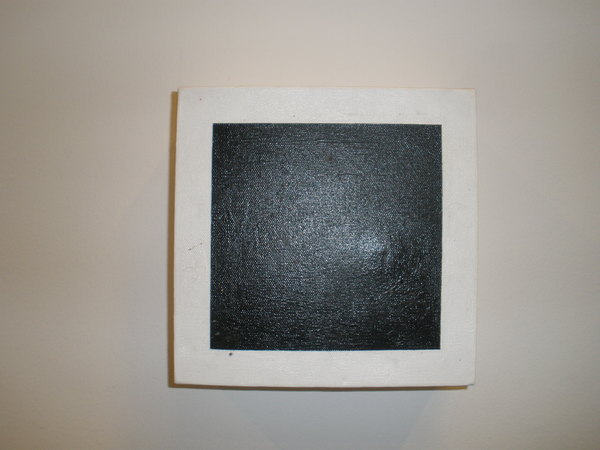
Ghost Painting 2. 2011 |
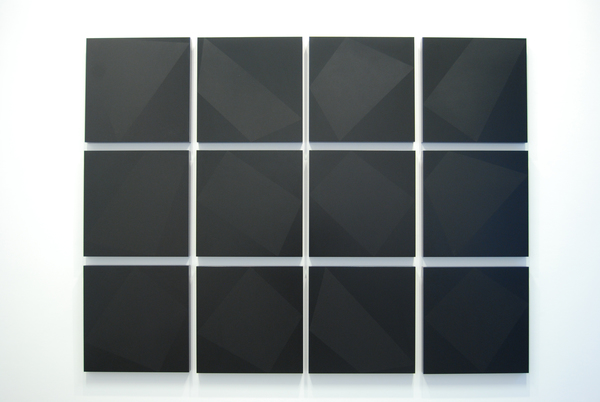
Ghost Painting 13, 2011 |
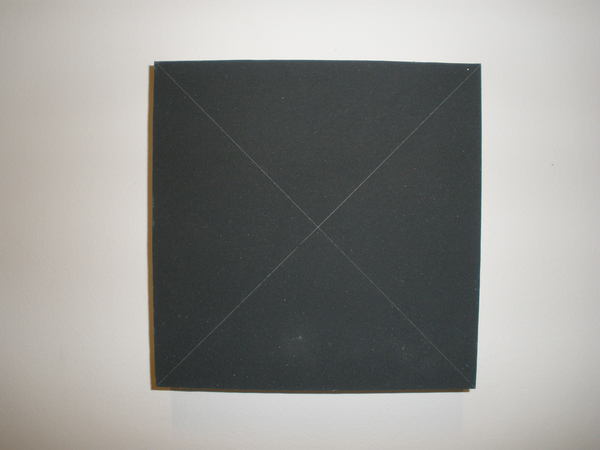
Ghost painting 4, 2001 |
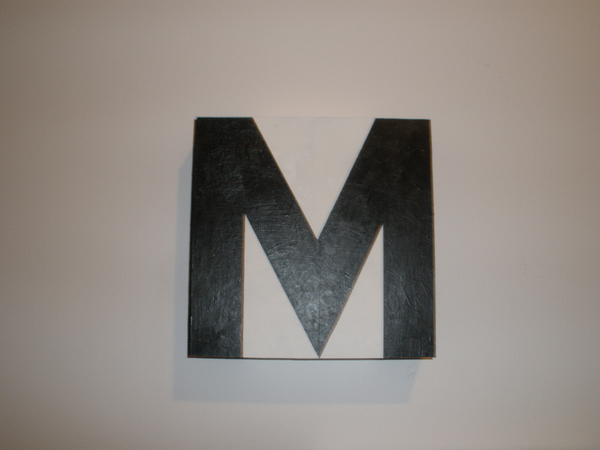
Ghost Painting 8, 2011 |
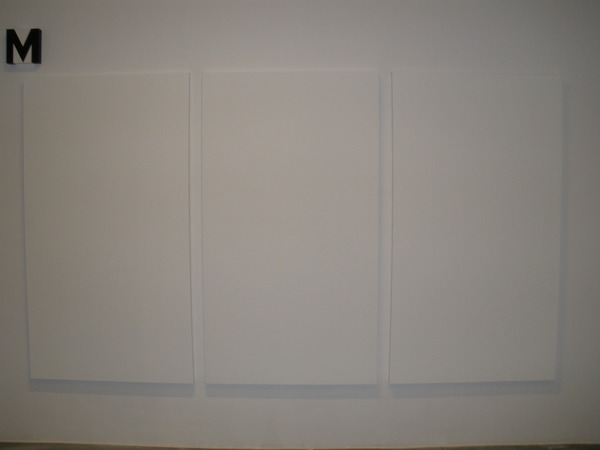
Ghost Painting 11, 2011 |
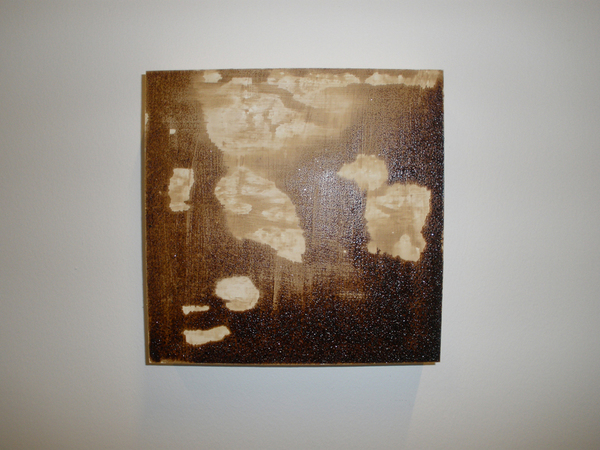
Ghost Painting 6, 2011 |
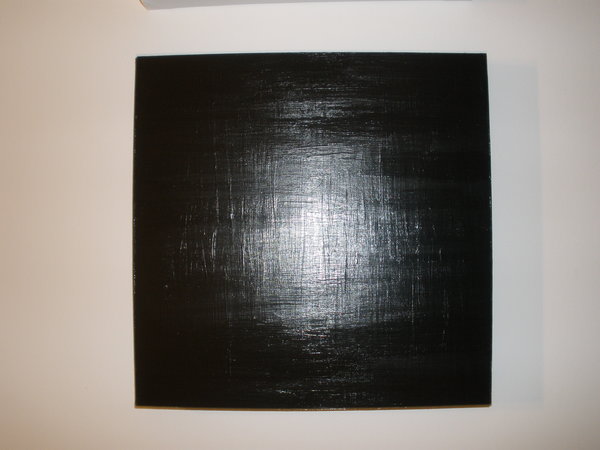
Ghost Painting 9, 2011 |
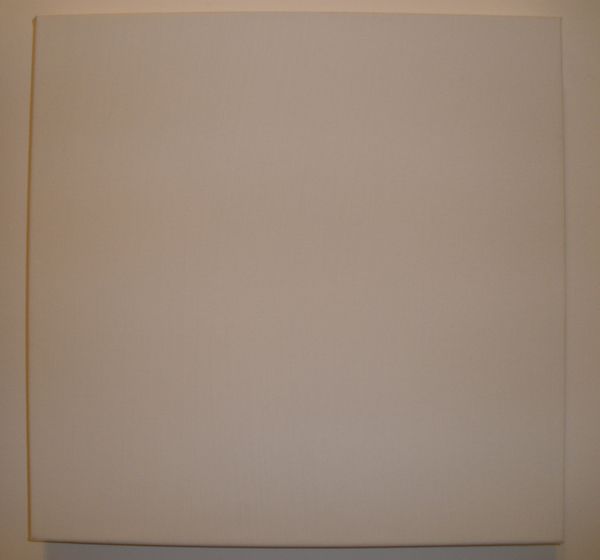
Ghost Painting 10, 2011 |
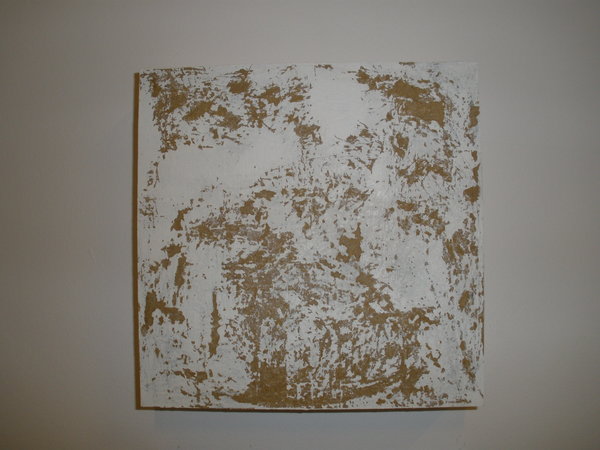
Ghost Painting 7, 2011 |
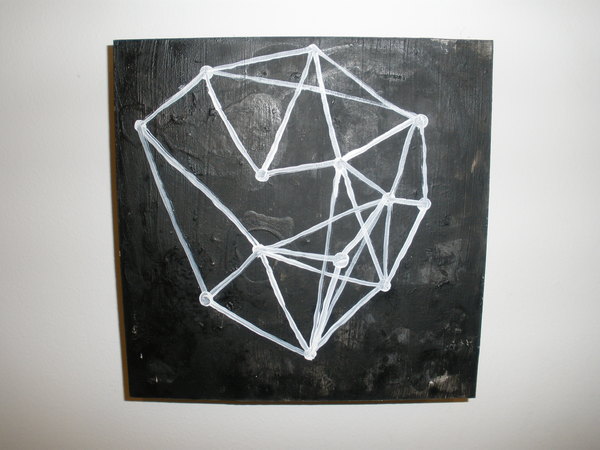
Ghost Painting 5, 2011 |
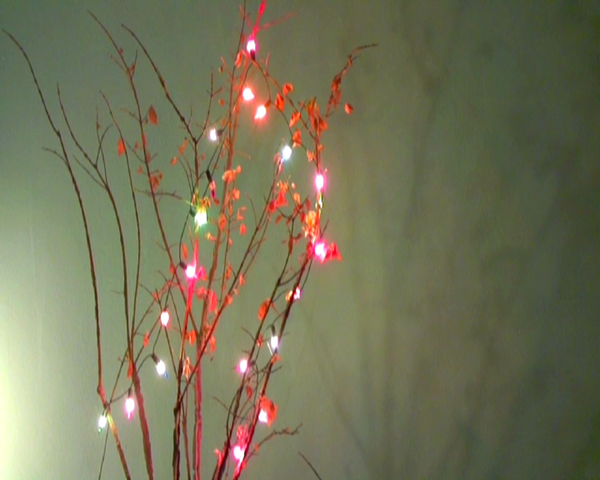
Attempting to send a Morse code message, 2011 |
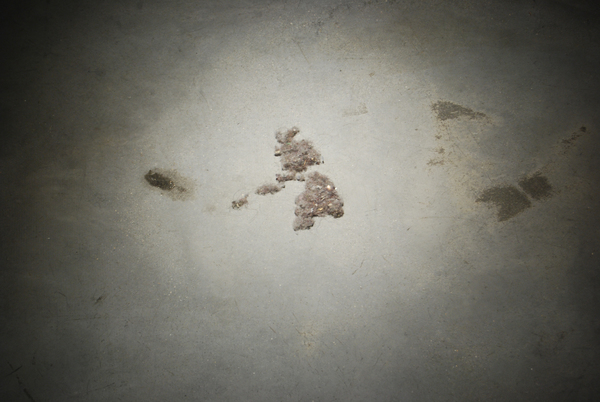
Apparition, 2011 |
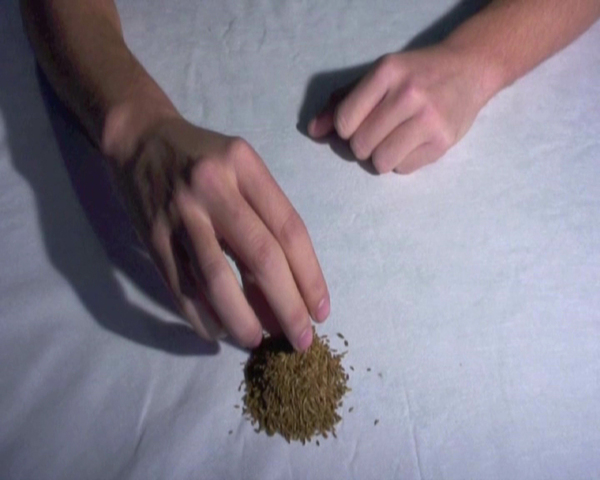
Me importa un comino, 2011 |
4 notes on what to expect in the exhibition:
- The exhibition title refers to Jose Rizal, born in 1861, died 1896. He is the national hero of the Philippines. The question serves as the premise to analyze and understand alternative strategies in relation to the construction of identity and aesthetic paradigms.
- Ghosts Paintings: in the exhibition you will see knock-offs of Kazimir Malevich’s Black Square, Ad Reinhart’s Black Paintings or Robert Rauschenberg’s White Paintings. You can even see an IKEA painting found in the garbage in Barrio Salamanca, Madrid. These paintings have lost their original purpose and have been reduced to their face value. The idea is to convert painting into readymade. The painting is then painted using adhesive spray trapping dust and other residue in the site where it is located onto its surface. A process that is a continuous work-in-progress.
- Nowadays, artists are trained not only in painting, photography, sculpture, video, printmaking, drawing or even performance or its derivatives but how to formalize ideas. An artist’s ideas and strategies have become increasingly important. This can be done in a myriad of ways: by embedding philosophical claim or exploring theories until it yields an aesthetic condition, choosing a pseudoscientific way of working or injecting formal approaches to themes. As a consequence the act of conceptualizing has become an acquired skill just like any other traditional format. An artist was hired to conceptualize and produce an artwork based on the exhibition title.
- In the main exhibition space there are three videos and three sculptures. They are shown for two weeks at a time. The 1st two-weeks: a video and sculpture called Apparition consisting of a topographical map of the Philippines formed by accumulated dust. 2nd two-weeks: video called Attempting to Send a Morse Code Message about an Impotent Situation (Version 1) where a set of Christmas lights flickers to a Morse code message. With it, a sculpture called Dead Tree Bears No Fruit, a dried-up Christmas tree that has not been watered for 8 months. The 3rd two-weeks: one-hour long video that plays with the Spanish expression, Me Importa un Comino (which in English would translates to “I could care about a cumin seed”). Its textual significance has been reconfigured. Someone is counting 4,365 cumin seeds. A sculpture of a cumin seed bathed under a spotlight can be found in the same space.

